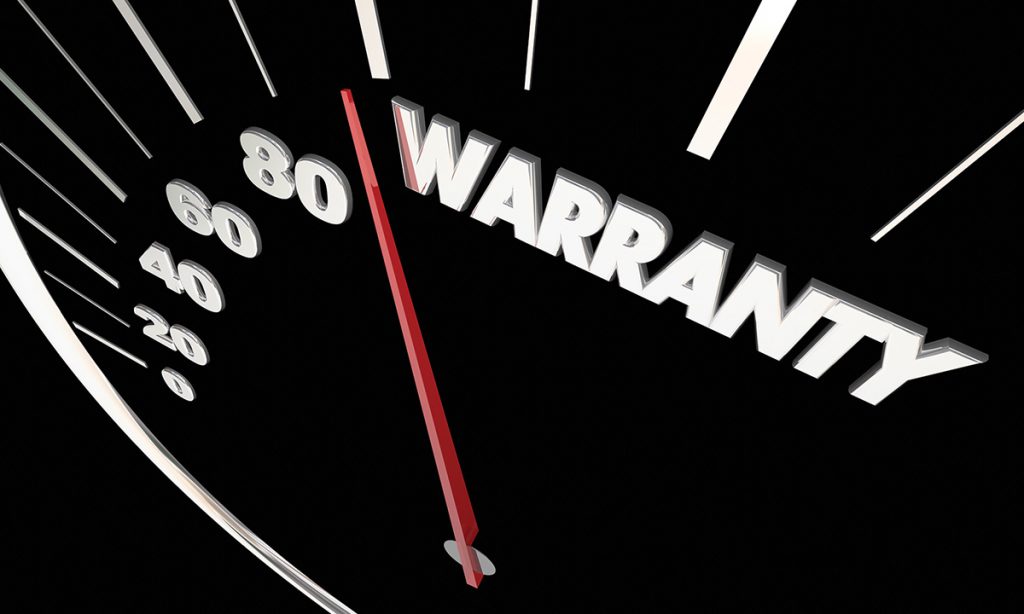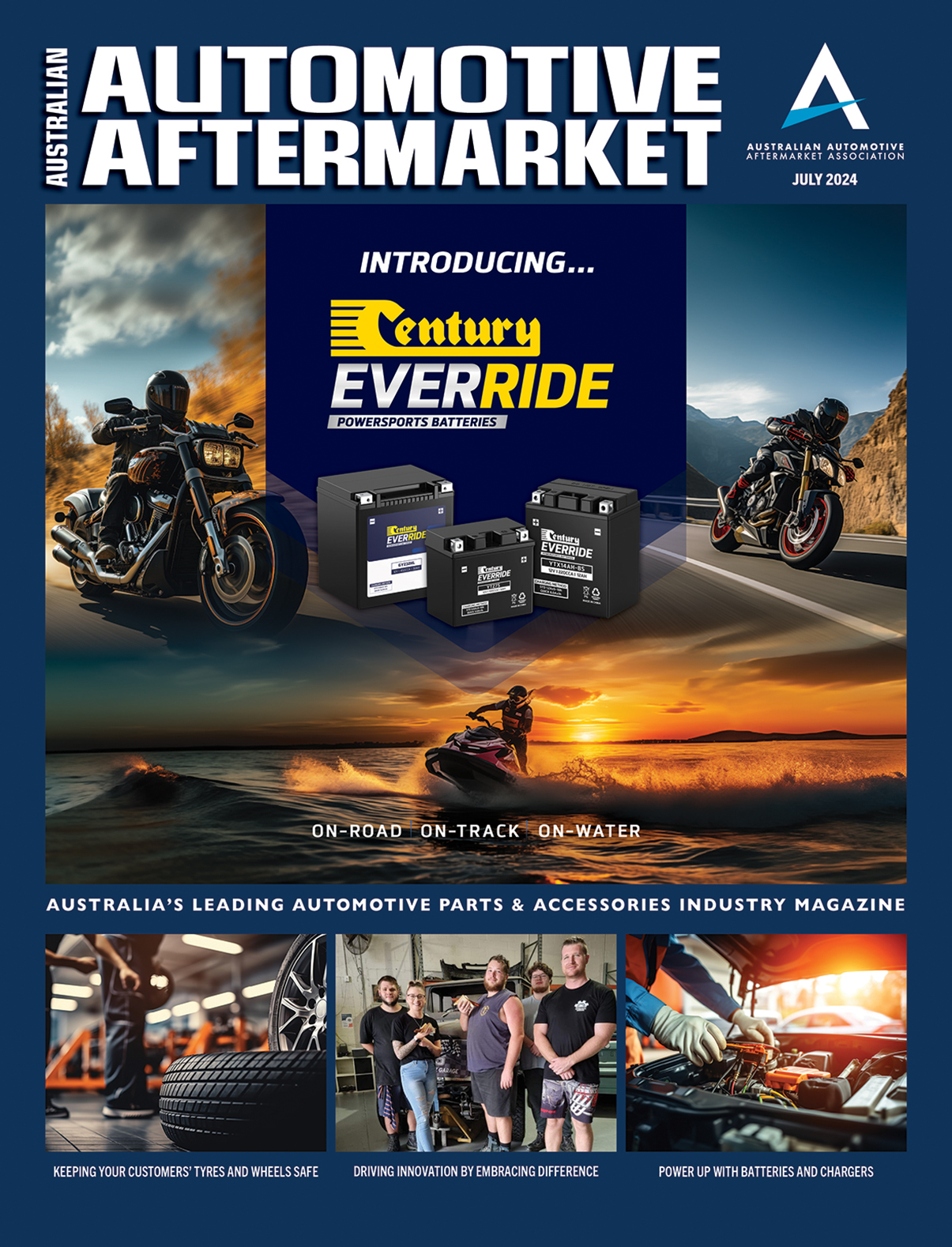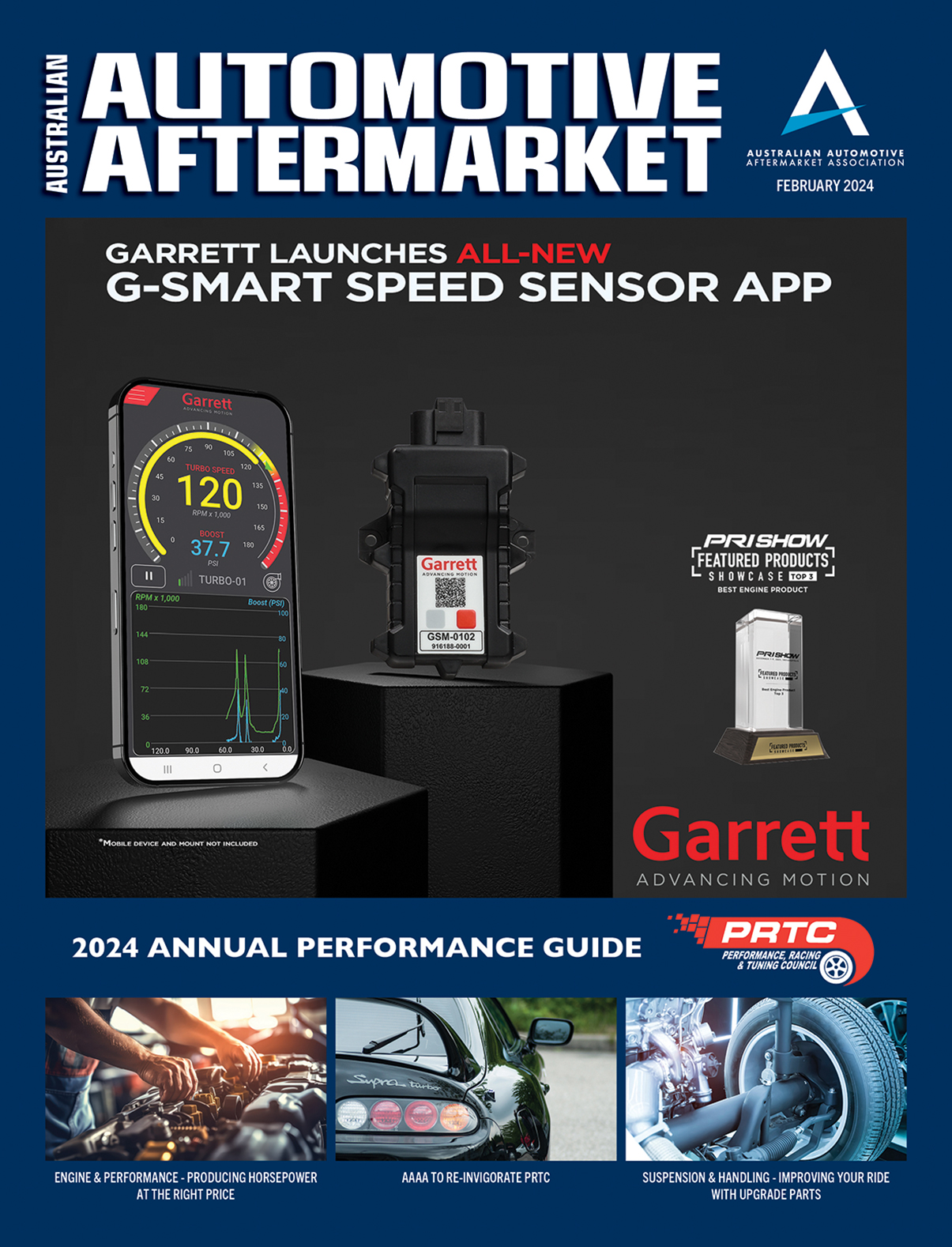WARRANTIES
The second topic in Industry Legal Group’s article series, based on Emma Dalley’s presentation at the AAAExpo

At the AAAExpo, Industry Legal’s Emma Dalley presented a seminar on the top five most common legal enquiries Industry Legal receives. In this edition, Industry Legal takes a look at the topic of warranties voluntarily provided by manufacturers and suppliers to consumers, including how warranties and Australian Consumer Law (ACL) consumer guarantees apply to consumer claims, and the ACL requirements for warranties offered to consumers.
Warranties and Consumer Guarantees
A warranty is a voluntary promise made to a consumer by a manufacturer or supplier. It operates as a contract between the manufacturer or supplier and the consumer.
The consumer guarantees are statutory guarantees provided under the ACL. Consumer guarantees apply automatically and cannot be contracted out of, restricted or modified.
If a consumer guarantee is not met, the consumer is entitled to make a claim under the consumer guarantees despite any warranty provided by a manufacture or supplier. Additionally, more than one person may have a consumer guarantee obligation in relation to the same product. This gives consumers several avenues to seek a remedy for the failure of a product, including through the warranty (if there is one); through the supplier’s consumer guarantee obligation; or through the manufacturer’s consumer guarantee obligation (if applicable).
A consumer guarantee claim can be made against the supplier of a defective part, even where the manufacturer has a warranty in place for that part (where the supplier has provided a remedy to a consumer for a defective product, the supplier may be able to make a claim against the manufacturer under the ACL).
How long do warranties and consumer guarantees last?
Warranties are provided for the warranty period, being the amount or time (and/or kilometers), specified in the warranty. On the other hand, the consumer guarantees apply for a reasonable period based on the nature of the product. This means that the consumer guarantees may continue to apply to a product after a warranty period has expired.

Providing a Warranty
If your business provides a warranty it must comply with the requirements set out in the ACL. The ACL requires a warranty to be transparent and to clearly include the following information:
• what the customer must do to be entitled to claim the warranty;
• what the business will do to honour the warranty;
• the business name, address, telephone and email;
• the period within which the defect must appear;
• the process for making a claim, including the address to send the claim; and
• who will be liable for the expense of making the claim, and if it is the business, how the customer can claim such expenses.
The ACL also requires the following to be included in the warranty:
• a statement to the effect that the warranty benefits are in addition to other rights and remedies available to the consumer under the law in respect of the warranted goods or services; and
• a mandatory statement, the exact wording of which is provided in the ACL, and which varies depending on whether the business giving the warranty provides only goods, only services or both goods and services.
Below is the mandatory wording for a business that provides both goods and services:
“Our goods and services come with guarantees that cannot be excluded under the Australian Consumer Law. For major failures with the service, you are entitled:
· to cancel your service contract with us; and
· to a refund for the unused portion, or to compensation for its reduced value.
You are also entitled to choose a refund or replacement for major failures with goods. If a failure with the goods or a service does not amount to a major failure, you are entitled to have the failure rectified in a reasonable time. If this is not done you are entitled to a refund for the goods and to cancel the contract for the service and obtain a refund of any unused portion. You are also entitled to be compensated for any other reasonably foreseeable loss or damage from a failure in the goods or service.”
A warranty may also include other features that limit the warranty and assist to protect the business, provided they don’t contravene the ACL, for example:
• a warranty can be non-transferable, so that your customer has the benefit of the warranty but no third parties have the benefit (e.g. where the vehicle is sold);
• specify circumstances in which a warranty claim will not be successful, for example, if the customer uses a vehicle abnormally or fails to take reasonable steps to look after the vehicle, and this causes the issue (e.g. failing to service the vehicle as required and this causes the issue);
• requiring that the vehicle be returned to the business for assessment and repair;
• exclude reasonably foreseeable loss (which is available under the ACL).
Takeaways
The key takeaways are:
• the consumer guarantees continue to operate even where a warranty exists.
• a warranty does not replace or limit the consumer guarantees.
• the consumer guarantees apply automatically and cannot be contracted out of.
• supplier and manufacturer warranties must comply with the requirements set out in the ACL.
AAAA Member Benefits
Industry Legal Group provides advice to members on commercial law matters. If you have any questions relating to the above information, please contact Industry Legal Group on 1300 369 703 or aaaa@industrylegalgroup.com.au
This document is intended for general information purposes only and should not be regarded as legal advice. Please contact Industry Legal Group if you require legal advice.






